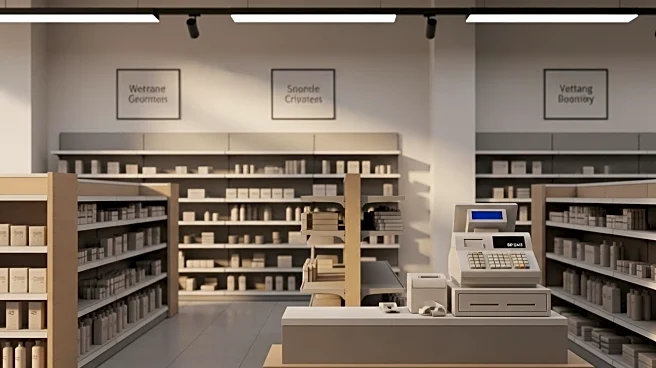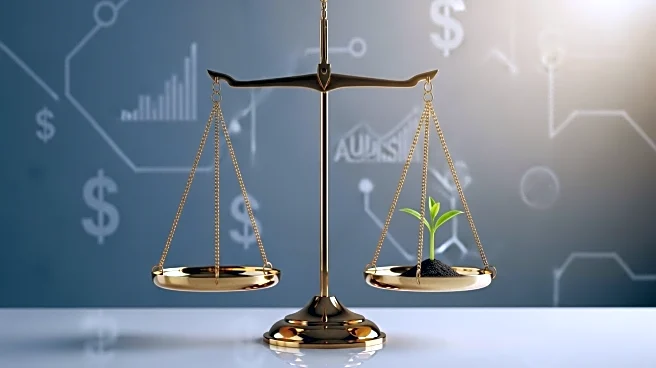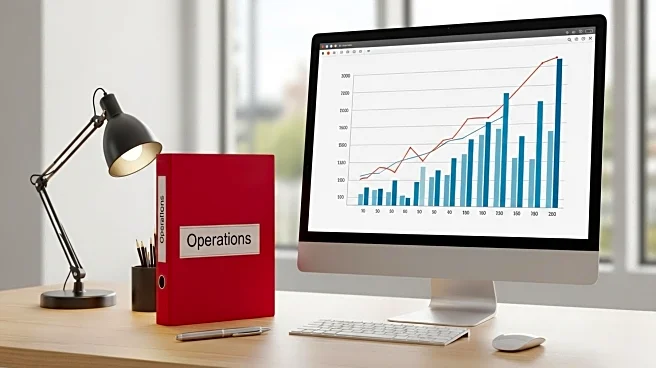What is the story about?
What's Happening?
The U.S. unemployment rate increased to 4.3% in August, marking the highest level in nearly four years. This rise is attributed to slowed hiring and increased layoffs, with monthly layoff announcements reaching approximately 90,000, nearly double the average from 2014 to 2019. U.S.-based employers announced nearly 86,000 job cuts in August, a significant increase from previous months. The retail sector, along with federal workforce reductions, has contributed to this trend due to store closures and bankruptcies. Tariff uncertainty is cited as a major factor affecting business investment and hiring decisions.
Why It's Important?
The increase in unemployment and job cuts poses a risk to the U.S. economy, potentially leading to a contraction if hiring continues to decline. Retailers are particularly vulnerable, facing challenges from tariffs, inflation, and economic uncertainty. This situation could impact consumer spending and the upcoming holiday shopping season, with fewer seasonal hires and potential layoffs. The broader economic implications include reduced consumer confidence and spending, affecting various industries reliant on retail performance.
What's Next?
If tariff uncertainty persists, it could continue to hinder business investment and hiring, exacerbating the current economic challenges. Retailers may need to adapt by finding ways to mitigate the impact of tariffs and economic constraints. The approaching holiday season will be a critical period for assessing the retail sector's resilience and ability to navigate these challenges.
AI Generated Content
Do you find this article useful?














